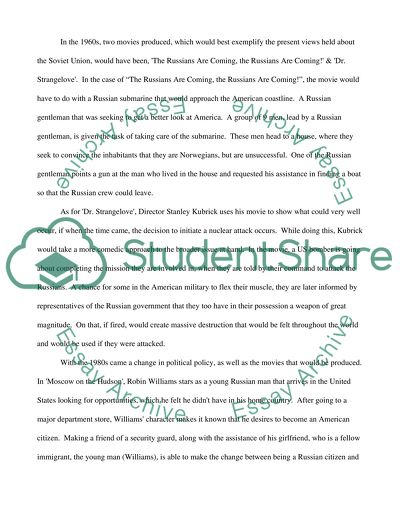Cite this document
(The Era of War and Cinema Assignment Example | Topics and Well Written Essays - 1000 words, n.d.)
The Era of War and Cinema Assignment Example | Topics and Well Written Essays - 1000 words. Retrieved from https://studentshare.org/sociology/1530198-cold-war-movies-of-1960s-and-1980s
The Era of War and Cinema Assignment Example | Topics and Well Written Essays - 1000 words. Retrieved from https://studentshare.org/sociology/1530198-cold-war-movies-of-1960s-and-1980s
(The Era of War and Cinema Assignment Example | Topics and Well Written Essays - 1000 Words)
The Era of War and Cinema Assignment Example | Topics and Well Written Essays - 1000 Words. https://studentshare.org/sociology/1530198-cold-war-movies-of-1960s-and-1980s.
The Era of War and Cinema Assignment Example | Topics and Well Written Essays - 1000 Words. https://studentshare.org/sociology/1530198-cold-war-movies-of-1960s-and-1980s.
“The Era of War and Cinema Assignment Example | Topics and Well Written Essays - 1000 Words”. https://studentshare.org/sociology/1530198-cold-war-movies-of-1960s-and-1980s.


